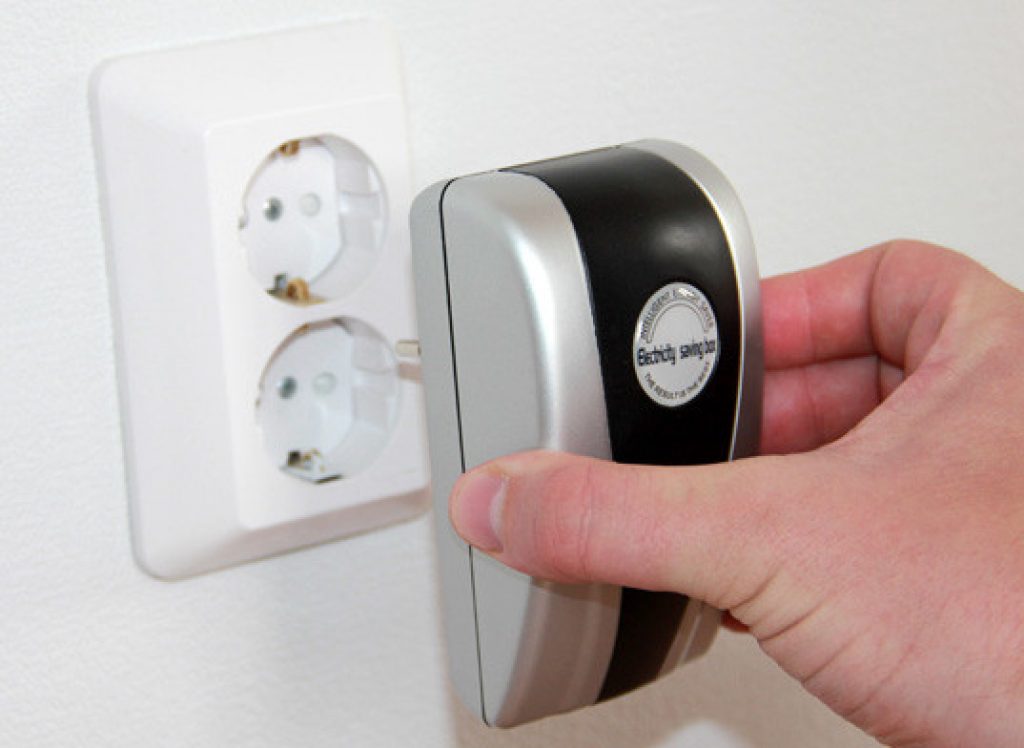Radio-controlled sockets – with the help of these devices, you can save electricity at home

Radio-controlled sockets have recently appeared on the domestic electronics market and have become in great demand among people due to practicality and economy. After all, they have one important advantage over traditional sockets – any household appliances can be used at a distance and, if necessary, turned off.
Why do I need a radio socket?
Sometimes there are so many household appliances in the house that they can easily burn up to 10% of energy in standby mode. If you count all this, you will get a tidy sum! In this case, it is necessary to buy a radio socket with which you can remotely disconnect any electrical device. By its structure, the radio socket is an adapter that is installed in a standard outlet. Settings are not considered a big problem – everything is easy and simple. Instructions are attached. Even a child can turn on such an outlet!
What does a radio-controlled socket consist of?
If you look closely at the radio socket, you can find an electronic control unit in which there is a small electrical board. Some models also have a timer function that allows you to turn off household appliances automatically after a certain time. But such sockets cost significant money and sometimes it is better to take radio-controlled analogues into which a radio transmitter is inserted. It is worth activating it, as the outlet turns off, and household appliances do not work.
Where is it better to use radio sockets?
-
Automatic garage doors.
-
Street lighting system near private housing stock.
-
Ventilation and air conditioning systems.
-
Switching on the pumping equipment.
-
Time settings for automatic switching on of any household appliances
-
As a separate device in a comprehensive smart home solution.
Advantages and disadvantages of radio sockets
Unlike analogues that work from Wi-Fi or GSM, radio sockets do not depend on cellular communication or Wi-Fi, which allows them to be used much more confidently in the private sector. And the radio sockets are significantly cheaper, and the control is considered as convenient as possible – you can use a remote control. If it suddenly breaks down, then it’s okay – there are special buttons on the case of the radio socket that are responsible for the main functions. There are drawbacks – the radio wave can fade, passing through thick walls. But this is also characteristic of Wi-Fi signals, which lose up to 30% of power when passing concrete walls.
How to choose a radio socket?
Everything is simple here. It is necessary first of all to look at the power consumption of household appliances. If a powerful air conditioner is working in the house, capable of consuming a lot of energy, then it is necessary to take a high-power radio socket that will not melt from the load.
It is also important to look at the range of the radio socket. If this indicator varies within 10-40 meters, then it will indicate the high quality of the equipment – the signal will pass through the whole house!
System compatibility. To bring the radio socket to the working position, you need to follow the simplest instructions – the remote control and radio socket buttons are pressed simultaneously. The signals are combined, and an indicator light will light up on the radio socket, which will tell the owner of the dwelling that the equipment is in working condition.

Order
remotely with one click
